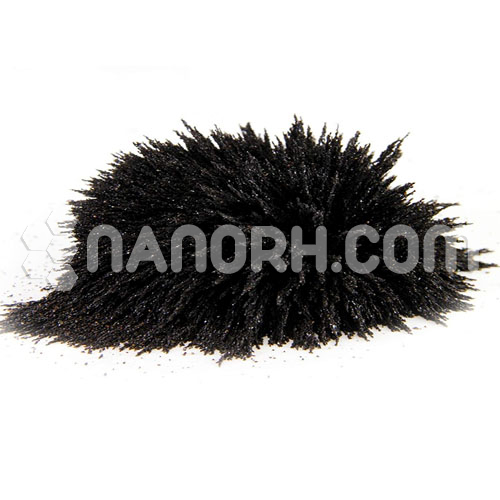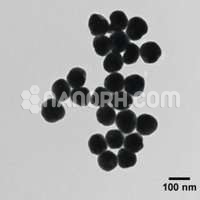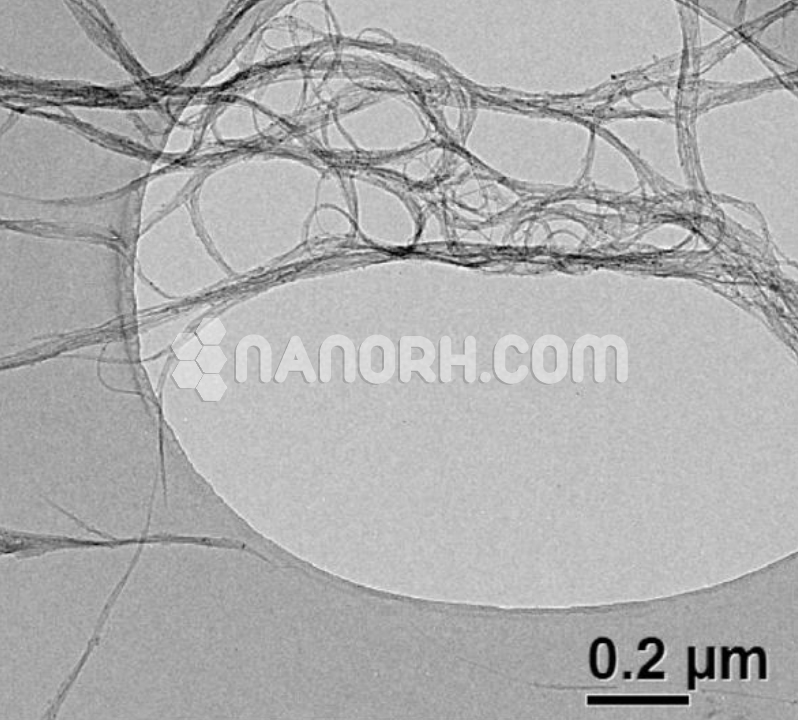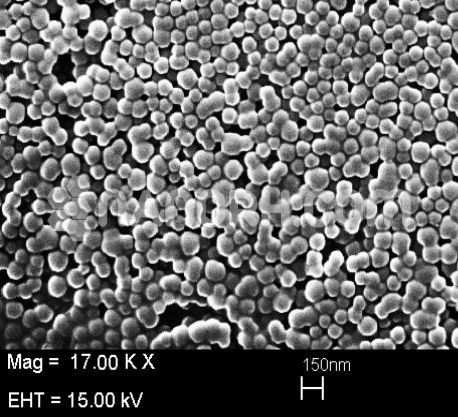Magnetic Iron Oxide Nanoparticles Amine Functionalized
Magnetic Iron Oxide Nanoparticles Amine Functionalized
| Magnetic Iron Oxide Nanoparticles Amine Functionalized | |
| Product No | NRE-230291 |
| CAS No. | 1317-61-9 |
| Formula | Fe3O4 |
| APS | 30 nm (TEM) |
| Concentration | 1 mg/mL Fe in H2O |
| Functional Group | Amine |
| Density | ~1 g/mL at 25 °C |
| Form | Liquid Dispersion |
| Molecular Weight | 231.53 g/mol |
Magnetic Iron Oxide Nanoparticles Amine Functionalized
Introduction:
Magnetic iron oxide nanoparticles amine functionalized primarily consisting of magnetite (Fe₃O₄) and maghemite (γ-Fe₂O₃), are nanoscale materials distinguished by their magnetic properties, high surface area, and biocompatibility. These nanoparticles can be synthesized through various methods such as co-precipitation, sol-gel processes, and hydrothermal synthesis. Their unique characteristics, particularly their superparamagnetic behavior, allow them to be easily manipulated using external magnetic fields, which significantly enhances their utility across various applications.
Applications
Biomedical Applications:
Targeted Drug Delivery: Magnetic nanoparticles can be engineered to deliver drugs specifically to target tissues or cells, improving treatment efficacy and minimizing side effects.
Magnetic Resonance Imaging (MRI): They serve as contrast agents that enhance imaging quality, allowing for better visualization of tumors and other abnormalities.
Hyperthermia Treatment: These nanoparticles can generate localized heat when exposed to alternating magnetic fields, providing a method to selectively destroy cancerous cells.
Environmental Remediation:
Water Treatment: Magnetic iron oxide nanoparticles effectively remove heavy metals and organic pollutants from water, making them valuable for environmental cleanup efforts.
Soil Remediation: They can immobilize contaminants in soil, reducing their bioavailability and toxicity to plants and animals.
Catalysis:
Chemical Reactions: Magnetic nanoparticles are used as catalysts in various reactions, including those in organic synthesis, improving reaction rates and selectivity.
Energy Storage and Conversion:
Batteries: They can be used as anode materials in lithium-ion batteries, enhancing energy capacity and cycling stability.
Supercapacitors: Their high surface area contributes to efficient charge storage, making them suitable for energy storage applications.
Electronics and Sensors:
Magnetic Sensors: Employed in devices for detecting magnetic fields, useful in various applications including security and industrial monitoring.
Chemical Sensors: Tailored for detecting specific gases and pollutants, enhancing environmental monitoring capabilities.
Pigments and Coatings:
Colorants: Magnetic iron oxide nanoparticles are used in paints, coatings, and plastics for their vibrant colors and stability.
Protective Coatings: Improve corrosion resistance and durability in various applications, including industrial and automotive sectors.
Agriculture:
Soil Amendments: Help improve nutrient availability and promote plant growth when incorporated into soil.
Pesticide Delivery: Facilitate the targeted delivery of pesticides, minimizing environmental impact.
Textiles:
Antimicrobial Properties: Incorporated into fabrics to provide antibacterial and antifungal effects, enhancing the hygiene and longevity of textiles.




